Prepping for Percolation
Dear Readers,
Holes were dug. Water was lugged. Our arms are now so sore and tired, we couldn’t even give a hug…
🙂
If anyone ever wondered what was involved in a soil and percolation test, that basically sums it up.
Even though we have no intention to install an on-site septic system (like a sand mound), the PA DEP has stated that for us to pursue an experimental permit (and have fun with our compost toileting and greywater reuse) we must first prove that a conventional system can be installed if need be. That means we must pass both a soil and a percolation test.
Soil Test
For those unenthralled with the summary and more interested in the technicalities, William and I first had to start with our Sewage Enforcement Officer (SEO) doing a soil test. If we passed the soil test, the SEO would then proceed to do a percolation test (colloquial term, “perc test”). The point of the soil test is to see if our soil is of a grade and quality that can effectively filter wastewater. The SEO needs to have multiple holes dug down to where “glacial till” can be found (the level in soil most undisturbed, and brought about by the movement of glaciers).1 2 These ‘holes’ (‘pits’, or even ‘trenches’ is more like it) had to be dug in an area near our home’s prospective location.
The adventure began with us figuring out how to dig (what I thought was supposed to be) three or four 4-5’ long and 10’ deep trenches for our soil test.
Yes, 10 feet deep trenches…plural…trenches. And what digs 10’ deep trenches? A backhoe. But, backhoes can be big. Very big. With a big footprint on our land and too big to fit through the 5 to 7-ish ft. wide (and 300 foot long…) path we currently have up to our home’s intended location and where this soil test needed to occur. So, what else can dig a 10’ deep trench that can fit through our small path? People.
And thus, with optimism in our hearts, naivety in our young brains, and a ladder standing by…we pulled up our sleeves and dug.
Just. Kidding.
The attempt to dig 10’ deep trenches never happened. With or without a backhoe. I misheard how deep the trenches had to be. Thank. Goodness. But! We did begin our adventure thinking that 10’ deep trenches were what we needed…and then we found out that was not the case…but we still needed a backhoe. And we still needed to dig two trenches 4 to 5 feet long. However, they only had to be deep enough for our SEO to stand in. So, about 4.5-ish feet deep.
We rented a mini-backhoe from our local hardware store, Hellers. William’s father managed to navigate the mini-backhoe through our narrow 300 foot long trail to the digging site. He barely missed the black birch elbow tree…and straddled a stump or two…and did it all in the pouring rain…but he made it! Two 4-5’ long trenches, each about 4.5’ deep, were dug in the southwest region of our property.
The mini-excavator leaving the Land of the Laurels
One of the infamous trenches. 4-5′ long…and only 4.5-ish feet deep.
I’m not exactly sure what our SEO saw, or how the soil texture let them know that it could do the job of filtering wastewater, but we passed our soil test!
The next step was prepping for perc.
Prepping for the Percolation Test
The SEO then proceeded to tell us that we needed to dig 14 holes about 6” wide in diameter and 15” deep. Seven holes were to be in the vicinity of one trench, seven holes in the other. In order for our SEO to do the percolation test, they also needed two to three 5 gallon buckets for each hole.
Our SEO then left, and told us to call them when we accomplished our next mission.
Digging the 14 holes was not a problem. My mom and dad even came out to help dig those, and I think it took us a total of 2 hours. However, getting the water up to the location of the trenches was quite the conundrum.
If we had 14 holes, and needed two to three 5 gallon buckets per hole (let’s assume three buckets, which means 15 gallons per hole)…that’s 210 gallons of water. In case you were not already aware, water is heavy.
And getting the water up there wasn’t even all of it. We also had to figure out where we were going to get the water. Apparently, the groundwater table on that part of the mountain is very low and drains quickly. We are at the very top of a mountain and the spring for the creek is further down the mountain, about a quarter mile southeast of us~ so, it makes sense. That being said, we couldn’t get water from any of our nearby neighbors/hunting cabins (some of whom actually bring in truck loads of water for their hunting seasons…which, all of this solidified even further us relying 100% on rainwater collection for our future home’s water needs).
How did we handle our water conundrum? With a lil’ yellow Chevy Colorado and sheer man and woman power.
We filled up 27 buckets at my parent’s place, along with two 30 gallon trash cans. Some of the buckets were not 5 gallons…some were 4.5, and two were even only 3.5. However, all in all, with multiple trips, we loaded up my little yellow truck with 196 gallons of water. We then proceeded to carry, by hand, and with multiple trips, 196 gallons of water the length of our 300 foot pathway. Well, technically 201…but I tripped over a root at the very top of our hill and dropped a bucket…I was so, so close…literally 8 feet from my destination…but no matter.
There is no ‘just kidding’ on this one. My truck was too wide to navigate our path. So we did. William and I carried those buckets. Welllll…we did attempt rainwater collection at one point…and it kind of worked…so maybe we only trekked around 180 gallons of water up to the trenches.
William thought me tripping over that root was so funny that he decided to reenact it. I thought the resulting photo was so funny that I put it right here, on the internet. Even Steven.
Rainwater harvesting attempt
All Prepped for Perc!
All in all, the prepping is done.
When our SEO gets to the site, they will fill each hole with water. They will then time how long it takes for the water to drain through the soil and record that measurement as “minutes per inch.”3 If the water drains too fast, that’s not good. If the water drains too slowly, that’s also not good.
We will let you know how it goes!
Shelby
P.S. There sure are lots o’ brightly colored fun guys up in the Land of the Laurels…. 😉
1. Soil Conservation Service. “Engineering Field Manual. Chapter 4. Elementary Soil Engineering.” United States Department of Agriculture. OpenNonWebContent.aspx (usda.gov). Pages 2-3.
2. Department of Agronomy. “Soils, Soil Characteristics and Soil Management.” Kansas State University. PRINCIPLES OF CROP NUTRIENT MANAGEMENT (k-state.edu). Pages 1-3.
3. Commonwealth of Pennsylvania. “Title 25- Environmental Protection. Chapter 73- Standards for Onlot Sewage Treatment Facilities, General Site Location and Absorption Area Requirements, 73.15.” 31 Oct. 2020. www.pacodeandbulletin.gov/Display/pacode?file=/secure/pacode/data/025/chapter73/s73.15.html&d=reduce. Accessed on October 8, 2021.
© 2020 Sustaining Tree
© 2020 Sustaining Tree

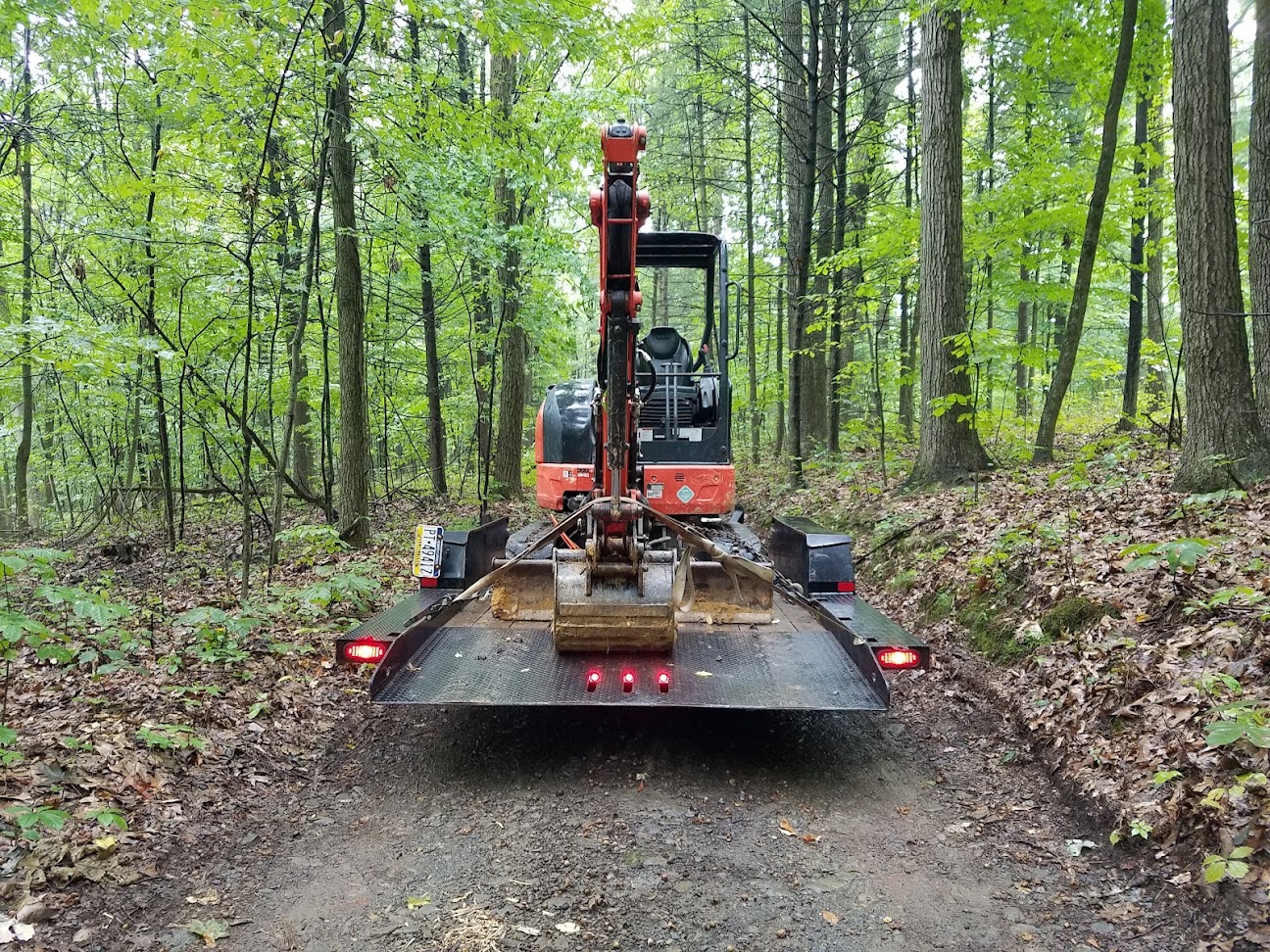
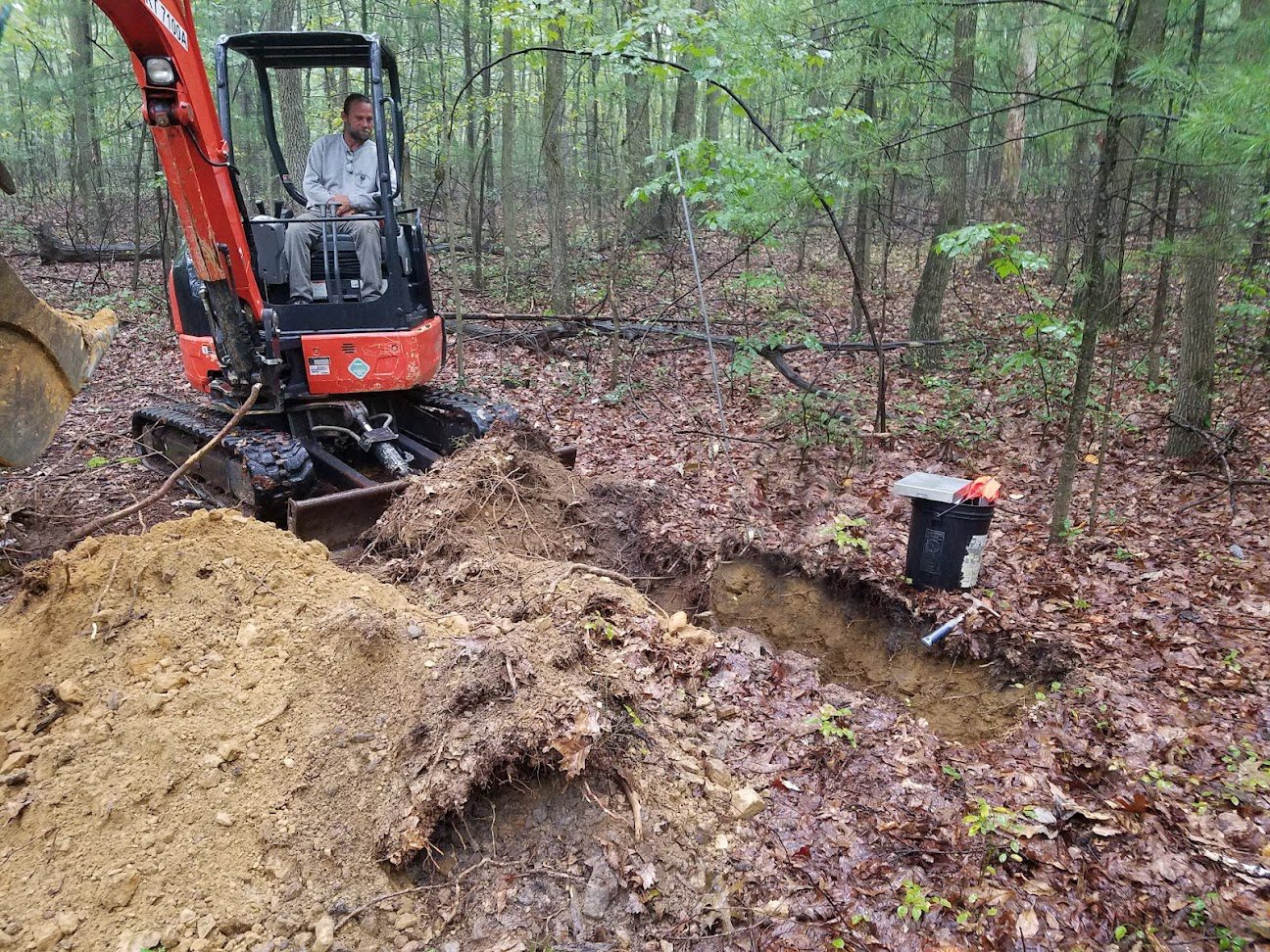
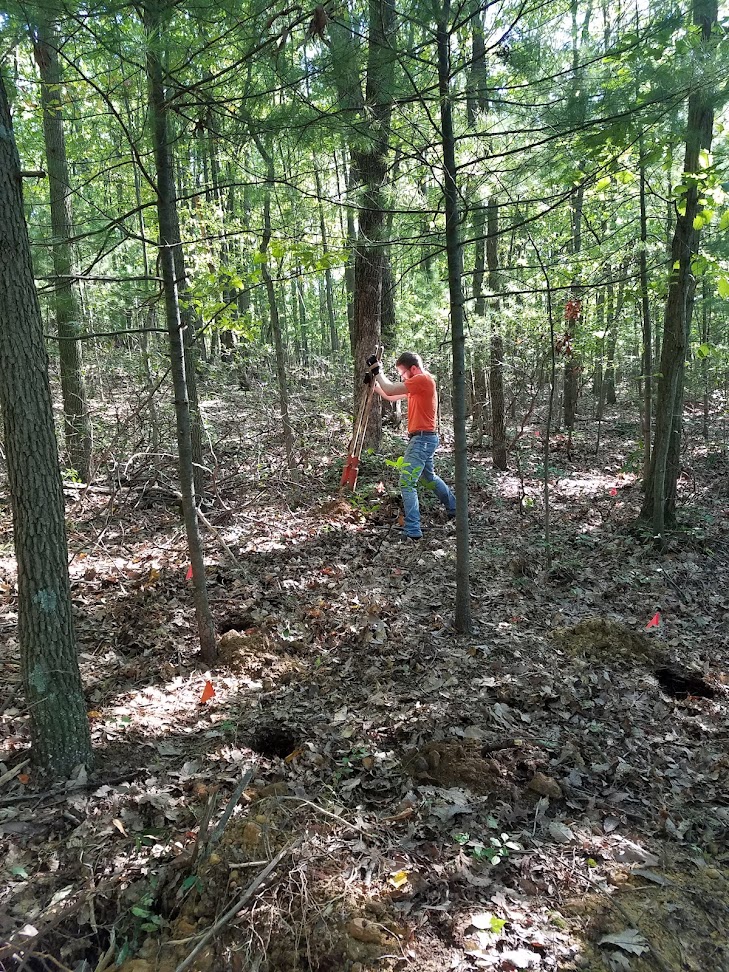
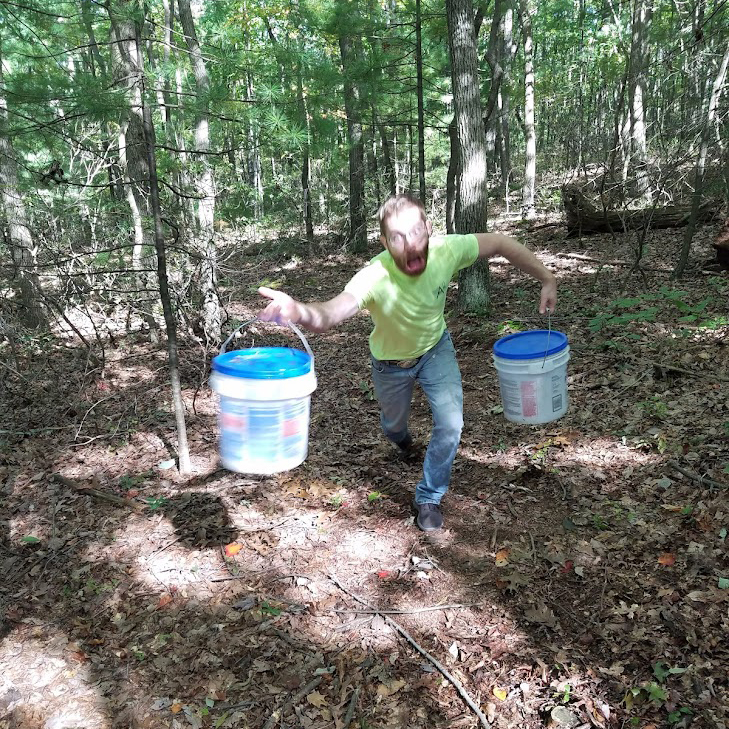
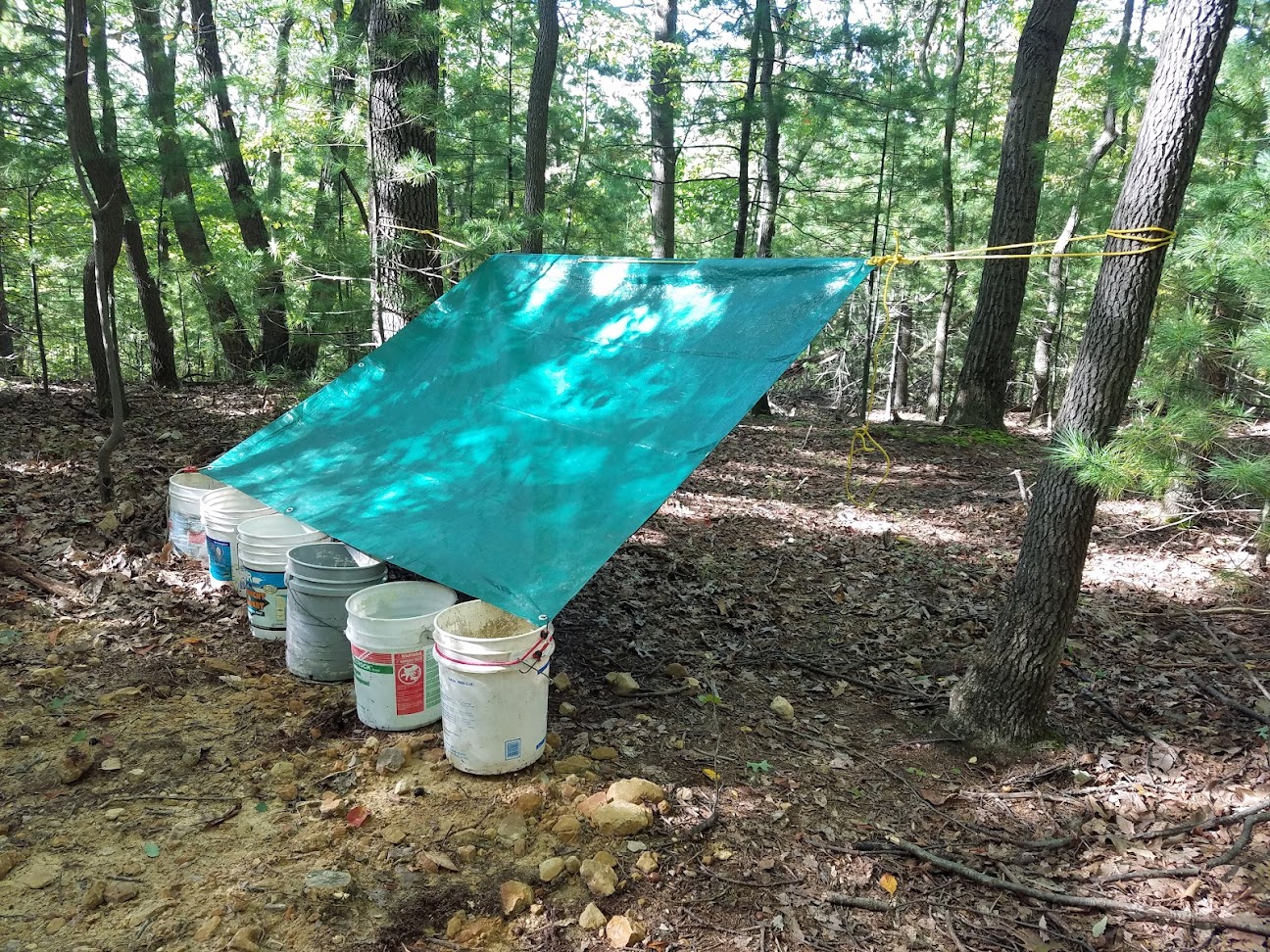
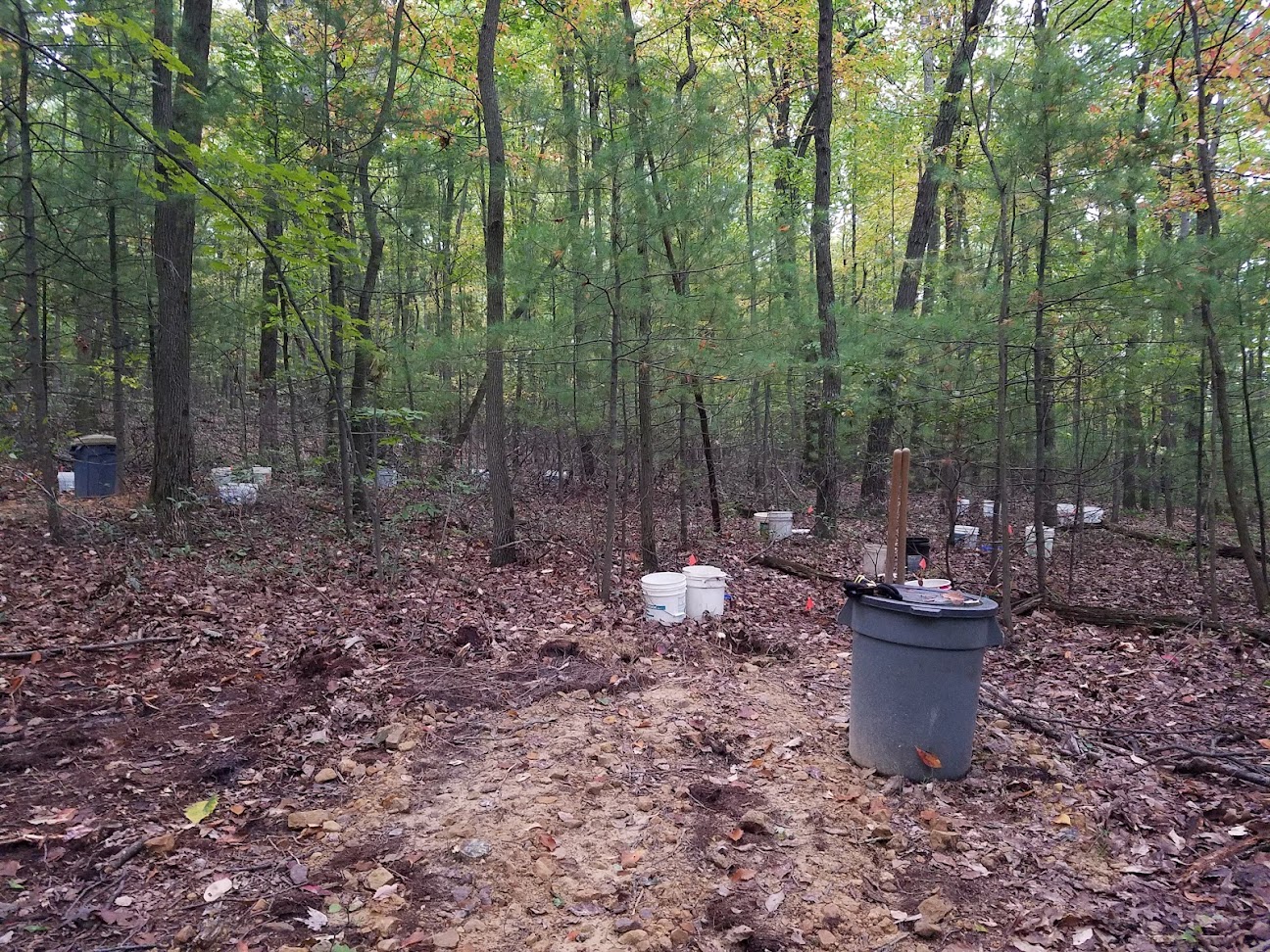

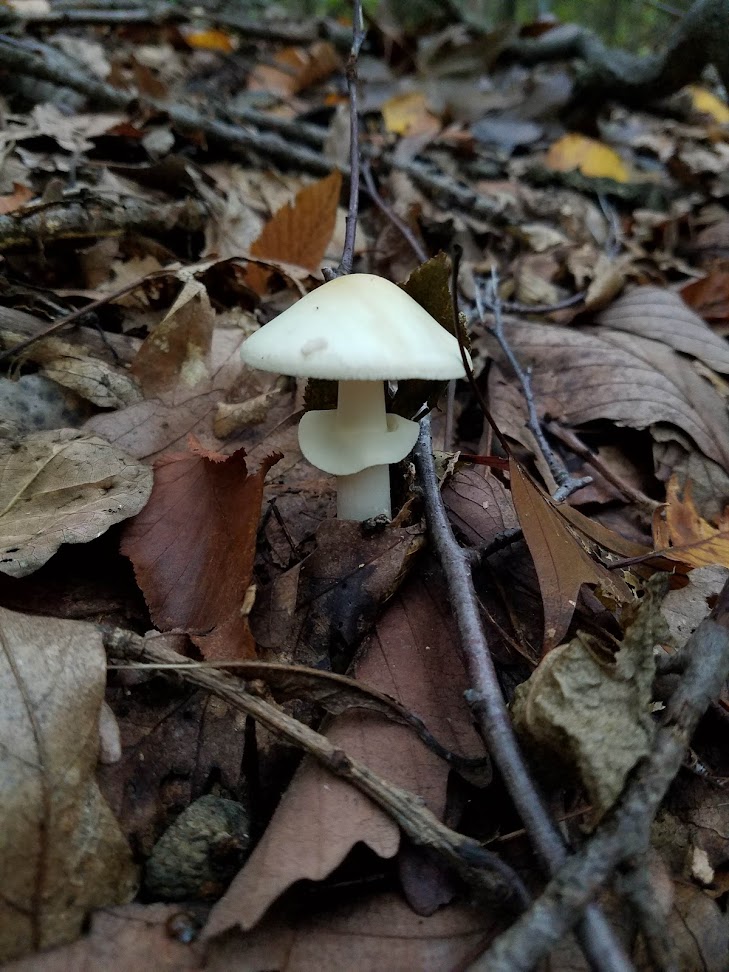
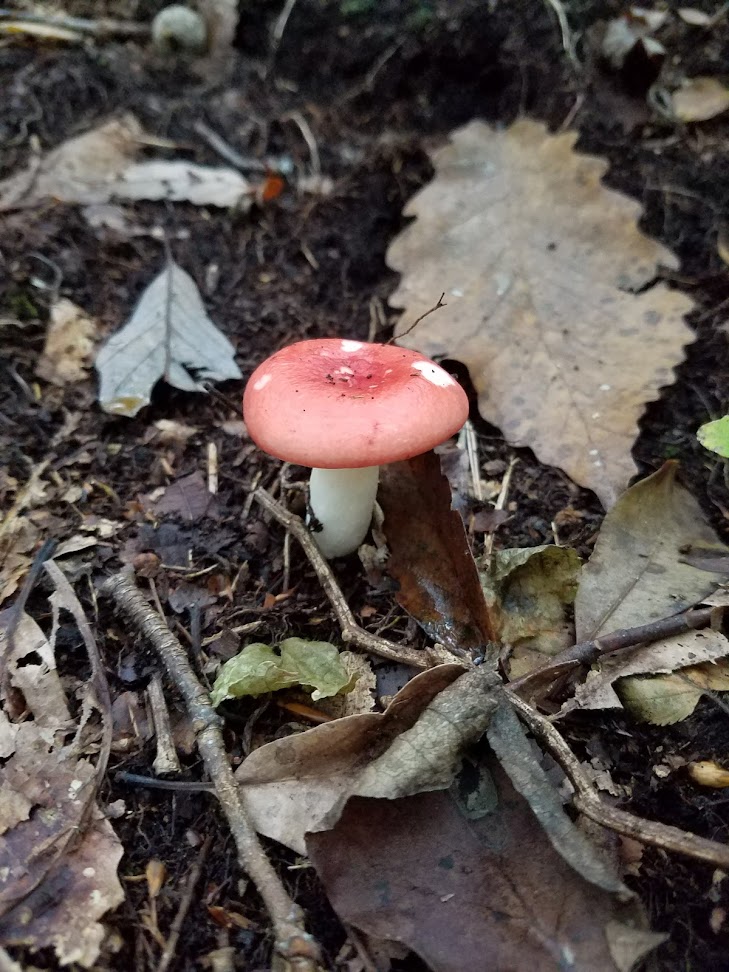
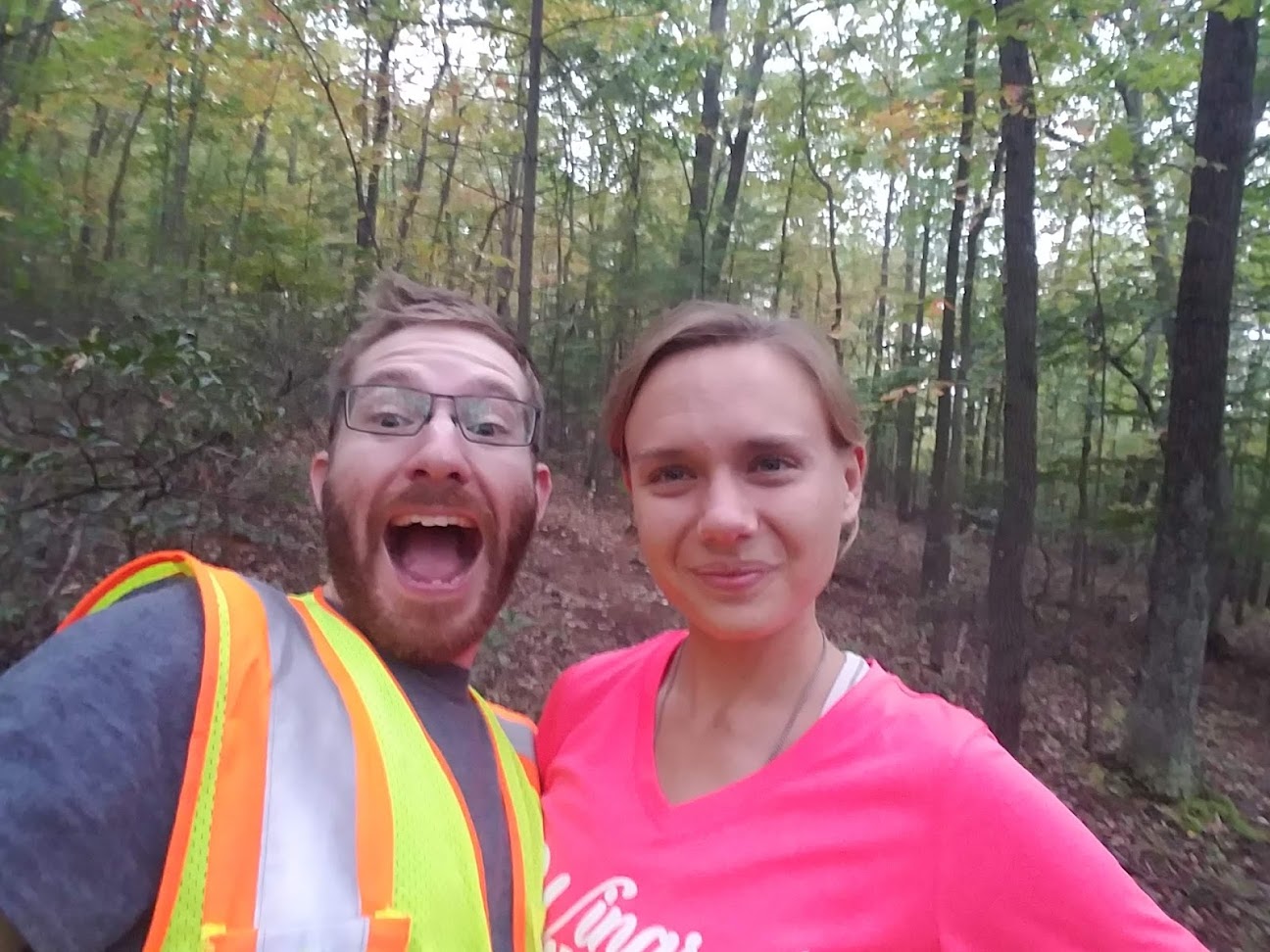
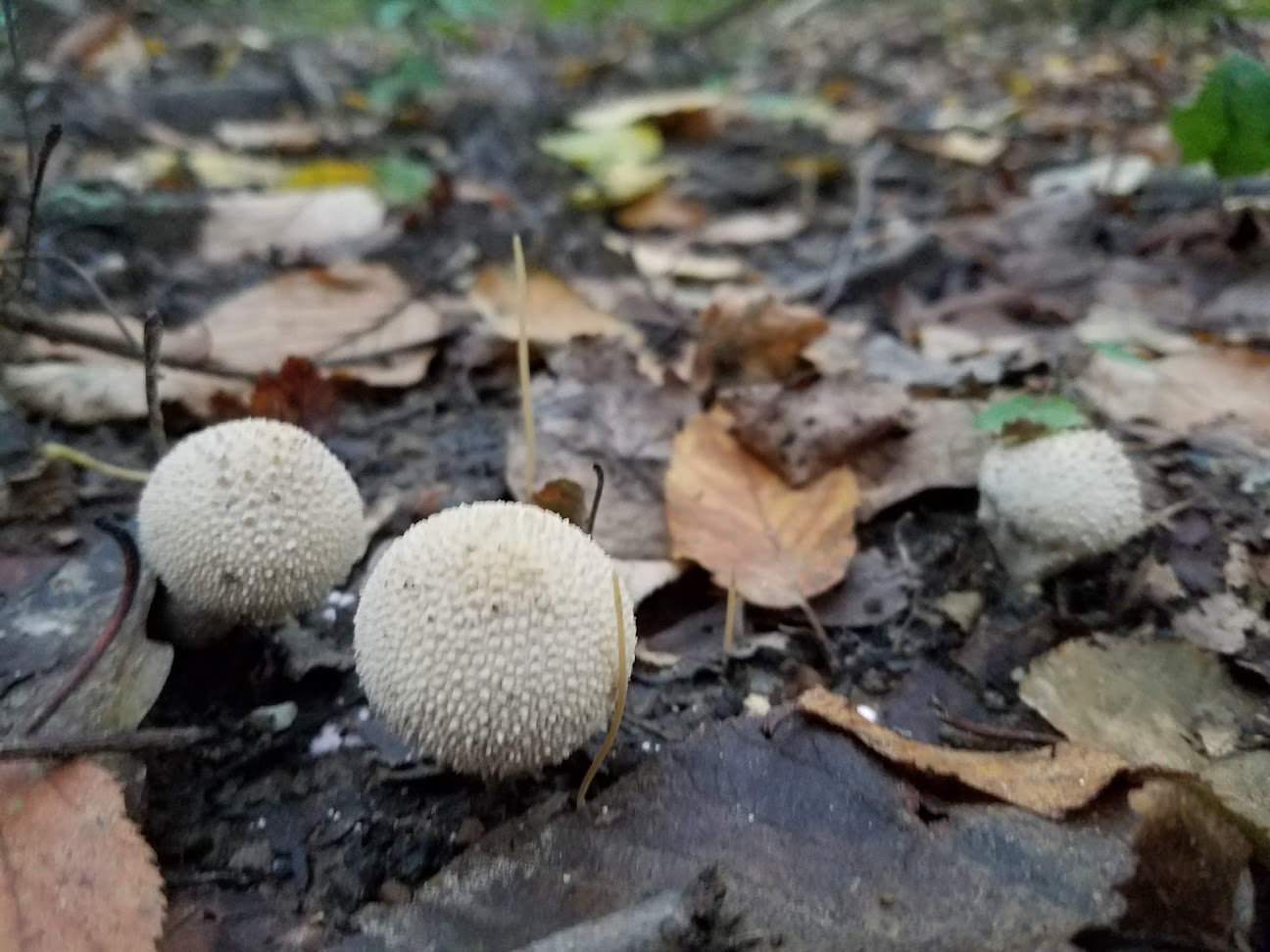
0 Comments